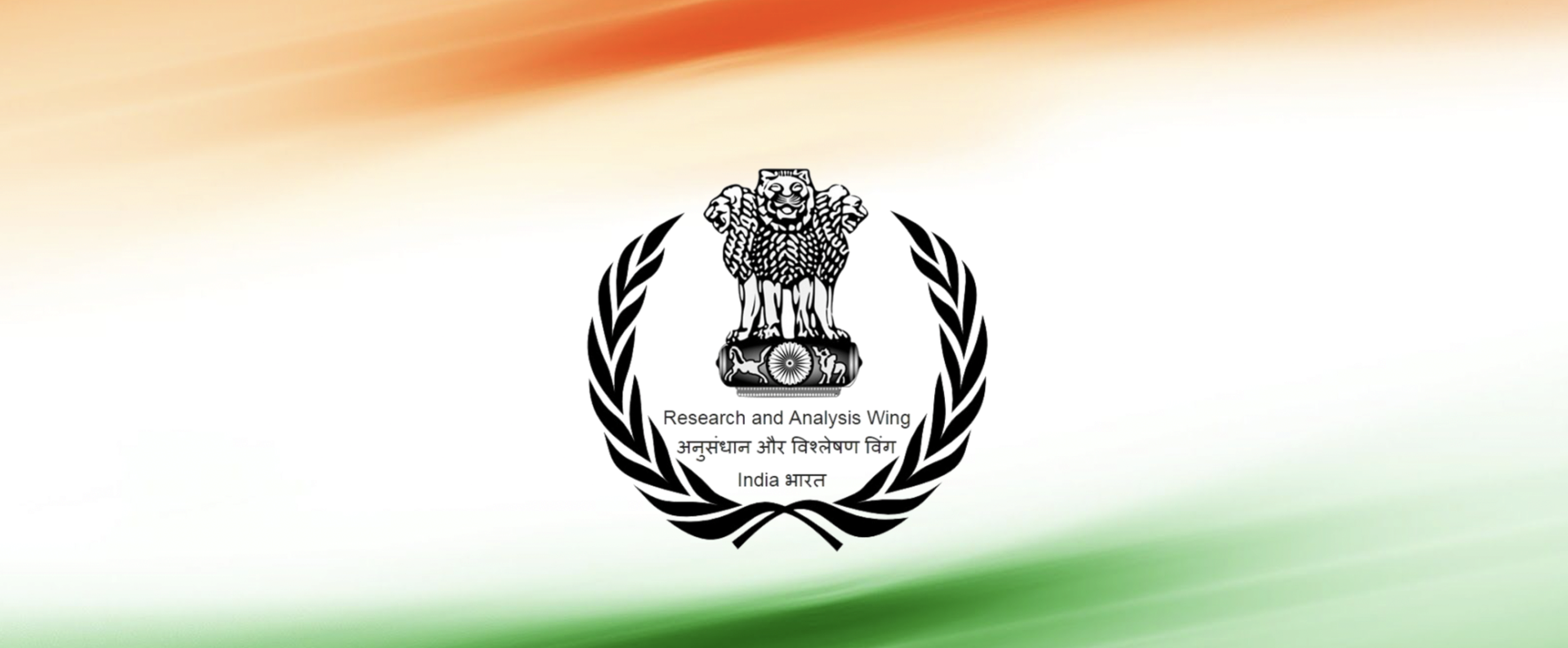
Title in Hindi: रिसर्च एंड एनालिसिस विंग (anusaṃdhān aur viśleṣaṇ viṃg)
Motto: धर्मो रक्षति रक्षितः (dharmo rakshati rakshitah) “Dharma Protects when it is Protected”
Headquarters: CGO Complex, Pragati Vihar, New Delhi, Delhi 110003, India
The Research and Analysis Wing (R&AW or RAW) is India’s primary foreign intelligence agency. Its name is misleading – “Research and Analysis” makes it sound like a think tank, which it is not and “Wing” makes it sound as if it is a branch of another organisation, when really it is independent.
It was established in 1968 following the intelligence failures of the Sino-Indian and Indo-Pakistani wars, which persuaded the Indian government to create a specialised, independent agency dedicated to foreign intelligence. The agency’s primary function is gathering foreign intelligence, engaging in counter-terrorism, advising Indian policymakers, and advancing India’s foreign strategic interests. It is also involved in the security of India’s nuclear program and promotes counterproliferation. R&AW is one of the primary instruments of India’s national power.
R&AW has been organised on the lines of the U.S. Central Intelligence Agency (CIA). The head of R&AW is designated “Secretary (Research)” in the Cabinet Secretariat, is under the direct command of the Prime Minister and reports on an administrative basis to the Cabinet Secretary of India, who reports to the Prime Minister. However, on a daily basis the “Secretary (R)” reports to the National Security Adviser. Reporting to the Secretary (R) are (i) an Additional Secretary responsible for the Office of Special Operations and intelligence collected from different regions, especially Pakistan, China and Southeast Asia, the Middle East and Africa; and (ii) The Director General of Security who is responsible for the Aviation Research Centre and the Special Services Bureau. Most of the previous R&AW chiefs have been experts on either Pakistan or China. They have also hd the benefit of training in either the U.S. or the U.K., and more recently in Israel. R&AW’s legal status is unusual, in that it is not an “Agency”, but a “Wing” of the Cabinet Secretariat. Hence, R&AW is not answerable to the Parliament of India on any issue
The present R&AW objectives include: monitoring political, military, economic and scientific developments in countries which have a direct bearing on India’s national security and the formulation of its foreign policy; moulding international public opinion and influencing foreign governments with the help of the Indian diaspora; covert Operations to safeguard India’s national interests; and neutralising terrorist elements which pose a threat to India.
R&AW has played roles in major historical events concerning India’s immediate neighbours. For example, in the early 1970s the army of Pakistan launched military crackdown in response to the Bangladesh independence movement. R&AW was instrumental in the formation of the Bangladeshi guerrilla force, providing information, training and ammunition. It is alleged that R&AW planned and executed the 1971 Indian Airlines hijacking as a false flag operation to ban overflight by Pakistani aircraft and disrupt Pakistani troop movement in East Pakistan. The paramilitary wing of R&AW actively participated in military operations especially in the Chittagong Hill Tracts. The war ended in the creation of Bangladesh.
It is alleged that in 1972 R&AW was authorised to install a pro-Indian democratic government in the previous protectorate state of Sikkim. After widespread rioting and demonstration against the King of Sikkim, in 1975 a referendum was held which resulted in Sikkim becoming the 22nd state of the Indian Union, and the abolition of the Sikkimese monarchy. It is also rumoured that R&AW played a role in regime change in Nepal. The 2001 royal massacre, blamed on Dipendra, the drunken son of King Birendra, paved the way for the deeply unpopular Prince Gyanendra, a long-time associate of the CIA and Henry Kissenger, to succeed to the throne. In the months prior to the regicide, Gyanendra (who was toppled in 2008 after Nepal became a republic) is said to have entertained at his royal residence in Kathmandu a number of R&AW, CIA, and Western private military contractor personnel.
R&AW does not have an adequate number of agents who are not of Indian ethnicity to have sufficient cover for operations in China, since so few Indian companies or ex-pats are active in China. The exception is the Tibetan ethnic group. China press-gangs Tibetan refugees in Nepal to spy on India, and it is true that a few ethnic Tibetans have been caught in India spying for China, or suspected as Chinese agents of influence. A high-profile example is the case of the Tibetan religious leader Karmapa Ogyen Trinley Dorje, whose exfiltration into India at the turn of the century and active links with Chinese interests led Indian security officials to label him a “pro-China asset bent on promoting China’s interests”. The R&AW had repeatedly advised that should he not be allowed to stay in India, stating that his presence has been “prejudicial to India’s national security interests”. However far more Tibetans are engaged in actual spying on China, and are rarely caught. Ethnic Tibetans from the region close to the Chinese border are employed by Indian intelligence.
11 Facts About R&AW, India Times (2015-10-08)
Indian and Chinese Covert Efforts, Indian Defence Review (2016-10-21)